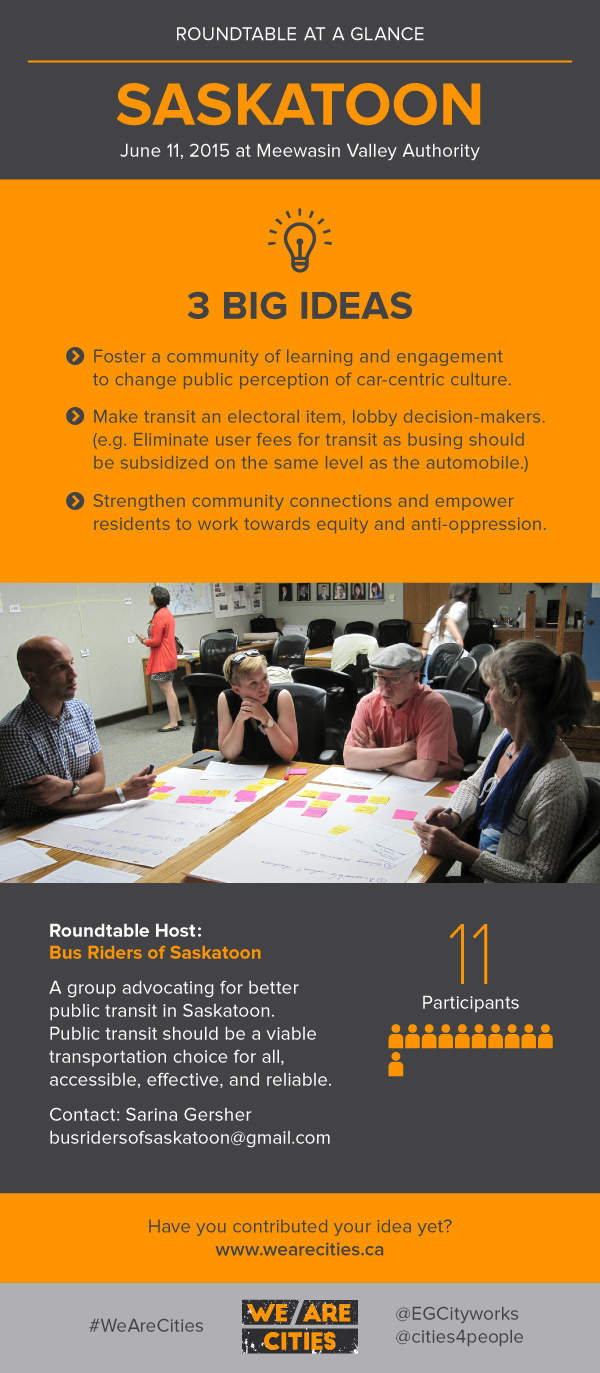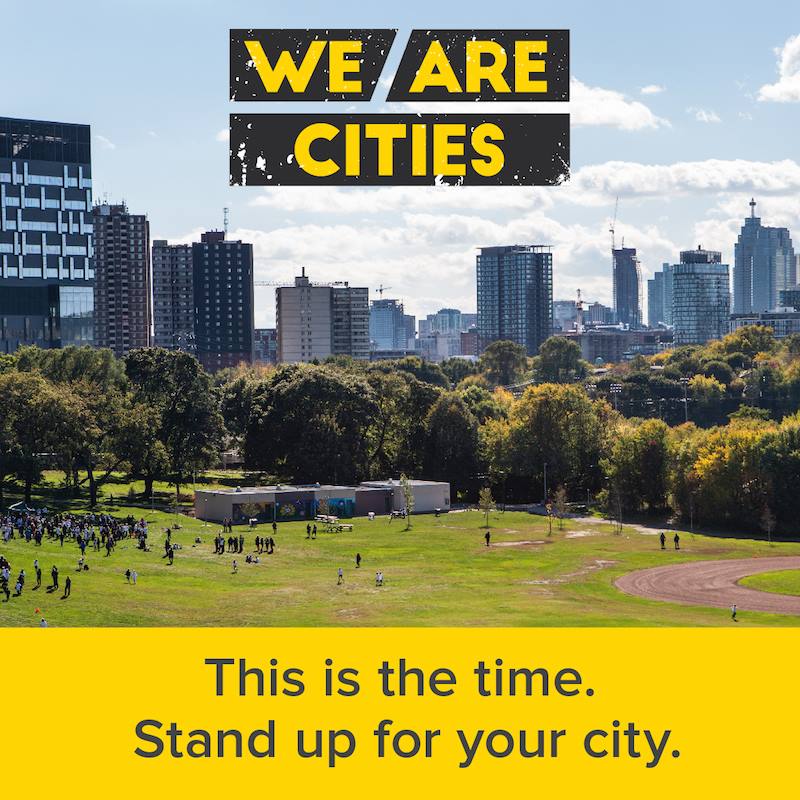The following is the written text of the presentation Bus Riders of Saskatoon gave to Saskatoon City Council during the deliberations for Budget 2019 (special thanks to Robert Clipperton):
Bus Riders of Saskatoon – 2019 Budget Reaction
Over the past few years Saskatoon Transit has done an admirable job in implementing Frequent Transit Corridors (FTCs) along 8th Street, 22nd Street and College/Attridge Drive without increases in the annual operating budget to do so. A purpose of these FTCs was to pilot the concept of Bus Rapid Transit, running buses at roughly 10-minute intervals, while simultaneously contending with unpredictable traffic congestion and train delays. The FTCs have been a resounding success and resulted in increased ridership which bodes well for the success of BRT. In order to implement these FTCs without an increase in the operating budget however, there have been some negative impacts on other services.
BRT and the redesign of the conventional network are still several years in the future. Meanwhile Saskatoon Transit is forced to keep operating a less than ideal hybrid system while simultaneously building the new system. We believe that this double duty is creating untenable stress in the transit system which will only be alleviated by an injection of operating dollars.
This fall there is an unusual number of reports of routes where buses run chronically late, where buses are unacceptably crowded, where passengers are left standing at the bus stop because buses are full, and where service hours don’t meet people’s needs. In the past, most of these reports have peaked in September and then tapered off in time, but this year, with the increase in ridership, they continue on.
Hardships are evident. A few examples:
From Ward One: “Holy cow. I am so sick of the transit system. My bus was late making me miss my transfer at the university by literally 15 seconds (drove away as I stepped off the bus)… 15 seconds now makes me an hour behind.”
From Ward Six: “Late buses affect me about once a month with getting to work late. I’m worried that I’m looked at as unreliable to my boss and co-workers.”
From Ward One: The bus from my area combined with the transfer issues means that I can leave home at the same time every day and arrive at work in 14 minutes (record so far) or 63 minutes (record so far). Standing at the same bus stop. Same time. Same route. Same transfer. Same job site. How does one schedule for that?”
From Ward Nine: Last month, I cancelled my bus pass that I was fortunate to have my work subsidize for me and made alternative arrangements. It just wasn’t reliable as a source of transportation.”
From Ward Ten: “I can’t speak to my experience in the past as this is the first time I have taken the bus in close to 20 years but this morning I was waiting for a 7:30 bus at Lowe and Atton but the bus drove by me and 5 people. … . The App said the next bus was 24 minutes away. 1 boy stayed, 3 walked away and I texted my husband who got me and drove me to work. I can’t rely on the bus to get me to work unless I start going in an hour early every day which is not reasonable.”
From Ward One: “Well today was an extra terrible experience. Firstly the bus was 20 minutes late first thing this morning so I was 20 minutes late for work. Then after work I was out waiting at 4:15 on Airport Drive for the bus. The next bus came at 5:40 ”
Ward Seven “Twice, when trying to get on the #17 Stonebridge, I was told there was no room…. For a pregnant woman in winter, no less. One who has just left the hospital. Once I had my son with me, in his stroller, and I flat out refused to wait out in the cold for the next bus. I literally had to demand they make room.”
From Ward 2: “My kids have had to sit on dirty floors when the bus is full because no one offers a seat for them. They can’t hold onto anything because they are too small and risk getting hurt when the driver steps on the brakes.”
Ward Seven: “I had to pull my son from the gymnastics class he’s been taking for years because they changed the route (used to be #4) that went by the gym and the new route (now #11) is consistently extremely late – leaving us no way to get to/from on-time. “
FTCs have been a wonderful innovation to our system which is reflected in increased ridership. We don’t want to lose new riders in this interim period just when we are at the point of getting a great new transit system. Transit needs an increase in their operating budget so that there is the flexibility to address these growing pains as they become evident.
I end with a final quote from a transit user:
“I think it is great to see increased riders! Now the City should be working to keep the service successful.”
That’s what Bus Riders of Saskatoon think too.

